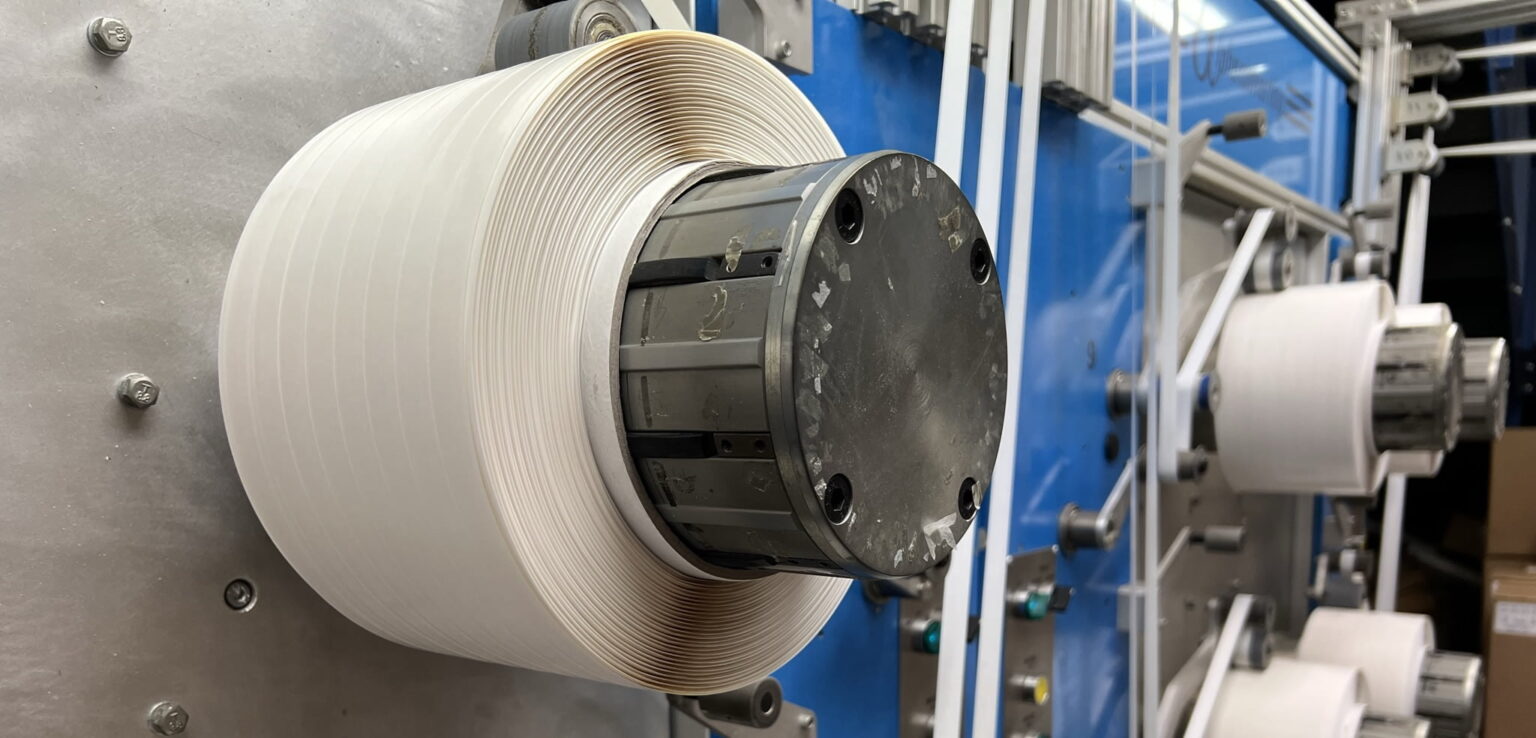
The Ultimate Guide to Adhesive Tapes: Everything You Need to Know
Are you tired of using traditional methods to stick things together? Adhesive tapes are here to save the day! From repairing broken items to decorating your space, adhesive tapes have become an essential tool in our daily lives. But with so many different types and applications available, it can be overwhelming to choose the right one for your needs. That’s why we’ve created The Ultimate Guide to Adhesive Tapes – a comprehensive overview of everything you need to know about these magical sticky tools. Whether you’re a DIY enthusiast or just looking for some quick fixes around the house, this guide has got you covered!
What are Adhesive Tapes?
Adhesive tapes are a type of pressure-sensitive adhesive (PSA) that are composed of a backing and an adhesive. The backing is typically a thin film, paper, or fabric that is coated with the adhesive. Adhesive tapes are used in a variety of applications, including sealing, holding, mounting, and masking.
pressure-sensitive adhesives were first developed in the early 20th century. They were initially used for medical purposes and then later for industrial applications. PSAs are now commonly used in a variety of consumer and commercial products, such as sticky notes, labels, and tape.
There are two main types of adhesives: acrylic-based and rubber-based. Acrylic adhesives are typically more aggressive and have better heat resistance than rubber-based adhesives. Rubber-based adhesives tend to be more conformable and have better UV resistance.
Adhesive tapes can be divided into two main categories: transfer tapes and removable tapes. Transfer tapes have an adhesive that is transferred from the backing to the surface to which it is applied. Removable tapes have an adhesive that remains on the backing when the tape is removed from the surface to which it was applied.
Different Types of Tape and Their Uses
There are a variety of adhesive tapes available on the market, each with its own unique set of properties and uses. Here is a brief overview of some of the most common types of tape and their applications:
-Clear Tape: Clear tape is one of the most versatile types of adhesive tape, as it can be used for a wide range of purposes both in the home and in the office. Some common uses for clear tape include sealing envelopes, mending paper tears, and packaging items for shipping.
-Double-Sided Tape: Double-sided tape is specially designed to adhere two surfaces together. It is often used in arts and crafts projects, as well as for mounting photos or other materials onto scrapbook pages.
-Gaffer’s Tape: Gaffer’s tape is a heavy-duty type of adhesive tape that is commonly used in theatre and film production. It is also frequently used by electricians and other tradespeople for holding wires and cables in place.
-Duct Tape: Duct tape is another heavy-duty adhesive tape that can be used for a variety of purposes, including sealing ductwork, repairing leaks, and securing objects.
Pros and Cons of Using Adhesive Tapes
There are a variety of adhesive tapes available on the market, each with its own set of pros and cons. Here is a look at some of the most popular types of adhesive tapes and their advantages and disadvantages:
-Scotch tape: One of the most popular types of adhesive tapes, Scotch tape is known for its strong hold and versatility. It can be used for a variety of tasks, from sealing envelopes to repairing ripped pages. However, Scotch tape can be difficult to remove without leaving behind a sticky residue.
-Duct tape: Another versatile option, duct tape is often used for repairs and general household tasks. It has a strong hold and can be easily removed when necessary. However, duct tape can be difficult to work with if you don’t have a strong grip, and it can leave behind a sticky residue when removed.
-Washi tape: A favorite among crafters and DIY enthusiasts, washi tape is known for its wide range of colors and patterns. It’s also easy to remove and doesn’t leave behind a sticky residue. However, washi tape isn’t as strong as other types of adhesive tapes and may not hold up well to heavy use.
-Double-sided tape: As the name suggests, double-sided tape has adhesive on both sides. This makes it ideal for tasks that require a strong bond, such as mounting photos or attaching mirrors. Double-sided tape can be difficult to remove without damaging surfaces or leaving behind
Adhesive Tape Strength
There are many factors that affect the strength of an adhesive tape. The type of adhesive, the surface to which the tape is applied, and the environment in which the tape will be used all play a role in determining the strength of an adhesive bond.
Adhesive tapes are made from a variety of materials, each with its own unique properties. The type of adhesive used plays a big role in determining the strength of the bond. Acrylic adhesives, for example, are known for their strong bonding properties and resistance to weathering and UV light. But even within acrylic adhesives, there are different formulations that can result in varying degrees of strength.
The surface to which an adhesive tape is applied also affects the strength of the bond. Rough or textured surfaces provide more “tooth” for the adhesive to grip onto, resulting in a stronger bond. Smooth surfaces, on the other hand, can make it difficult for an adhesive to establish a strong hold. In some cases, it may be necessary to roughen up a smooth surface with sandpaper or another abrasive material before applying an adhesive tape.
The environment in which an adhesive tape will be used can also impact its performance. Tapes that will be exposed to extreme temperatures or harsh chemicals will need to be specially formulated to withstand those conditions. Likewise, tapes that will be used outdoors need to be able to withstand exposure to sunlight and moistur







